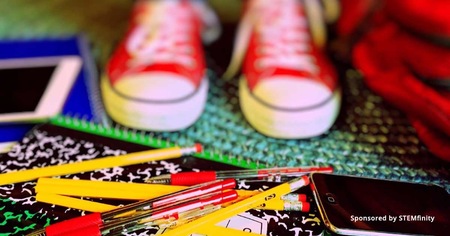- Eliminate unnecessary transitions or waiting times. For example, place a staff person on the playground so children can go outside as soon as they are ready, rather than waiting for everyone.
- Give children a sense of the progression of fun activities for the day, so that they have an idea what will happen next. Children can’t, won’t and don’t wait. Positive learning skills will be reinforced as you engage them in interesting and fun activities.
- Modeling what we want children to do is a powerful technique for teaching appropriate behavior. Give them clear examples of what you expect by your own actions and point out other children who are responding appropriately.
- Challenging children may need extra attention during transitions. Speak to them individually prior to the group warning. Model for them what is expected during clean up, or assign a clean-up “friend” to help them.
- Plan ample time for transitions so neither teacher nor child feel rushed. Plan for all the steps during the transitions. Like other activities, transitions have a beginning, middle, and an end.
- Anticipate what could go wrong and brainstorm for creative resolutions.
- Prepare and have ready all materials for the day ahead of time. It is unfair for kids to wait while the staff gathers materials.
- Plan for a logical flow of activities. Placing outdoor time at one end of a component could conceivably reduce some of the hassle of putting on outdoor gear.
- Gage the number of directions given at a time to the developmental level of the children.
- Remember that transitions can be hard for all of us. When your children are having a difficult time, think about what else you could do to help them be successful.
Submitted by Gretchen Yeager, Champions-KU and NAA Board Member




